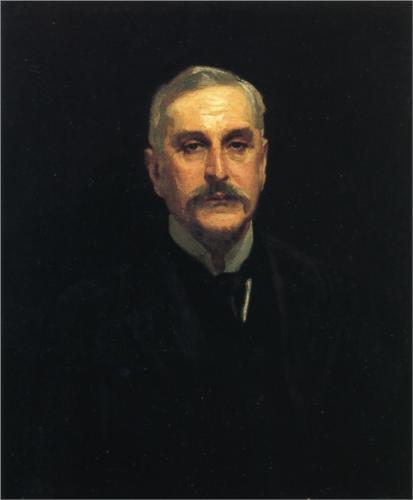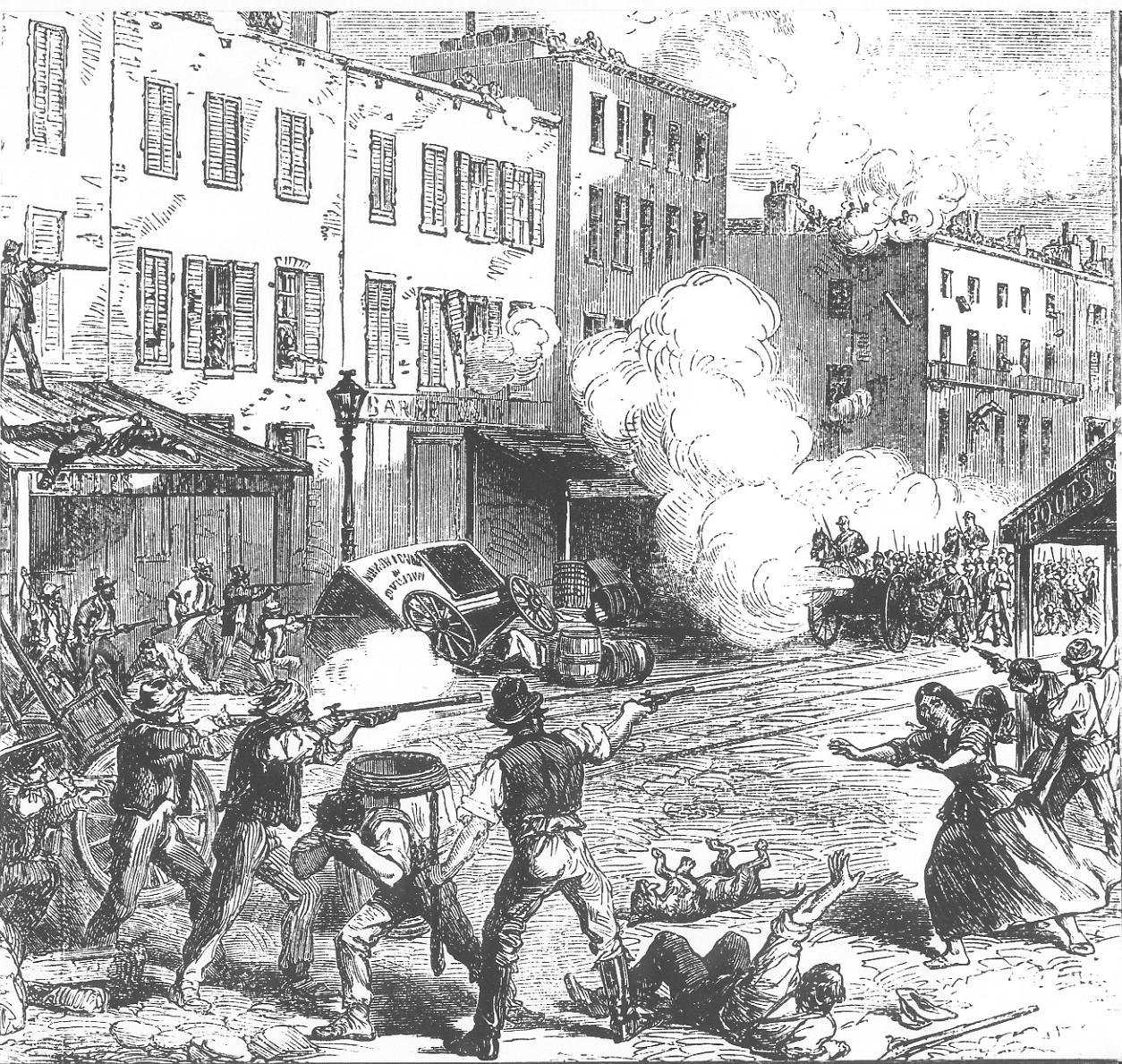|
Merchants Of Death
Merchants of death was an epithet used in the U.S. in the 1930s to attack industries and banks that had supplied and funded World War I (then called the Great War). Origin The term originated in 1932 as the title of an article in '' Le Crapouillot'' by French journalist about a British arms dealer named Basil Zaharoff, originally called in French ''"Sir Basil Zaharoff, le magnat de la mort subite"'' and translated as "Zaharoff, Merchant of Death." Hautcloque referred to Zaharoff as ''"marchand de mort subite,"'' which had many idiomatic meanings in French but wasn't used to refer to arms dealers. It was then borrowed for the title of the book ''Merchants of Death'' (1934), an exposé by H. C. Engelbrecht and F. C. Hanighen. United States The term was popular in antiwar circles of both the left and the right, and was used extensively regarding the Senate hearings in 1936 by the Nye Committee. The Senate hearing examined how much influence the manufacturers of armaments had ... [...More Info...] [...Related Items...] OR: [Wikipedia] [Google] [Baidu] |
Epithet
An epithet (, ), also a byname, is a descriptive term (word or phrase) commonly accompanying or occurring in place of the name of a real or fictitious person, place, or thing. It is usually literally descriptive, as in Alfred the Great, Suleiman the Magnificent, Richard the Lionheart, and Ladislaus the Short, or allusive, as in Edward the Confessor, William the Conqueror, Æthelred the Unready, John Lackland, Mehmed the Conqueror and Bloody Mary. The word ''epithet'' also may refer to an abusive, defamatory, or derogatory word or phrase. This use is criticized by Martin Manser and other proponents of linguistic prescription. H. W. Fowler noted in 1926 that "''epithet'' is suffering a vulgarization that is giving it an abusive imputation." Linguistics Epithets are sometimes attached to a person's name or appear in place of their name, as what might be described as a glorified nickname or sobriquet, and for this reason some linguists have argued that they should be c ... [...More Info...] [...Related Items...] OR: [Wikipedia] [Google] [Baidu] |
Vickers Limited
Vickers Limited was a British engineering conglomerate. The business began in Sheffield in 1828 as a steel foundry and became known for its church bells, going on to make shafts and propellers for ships, armour plate and then artillery. Entire large ships, cars, tanks and torpedoes followed. Airships and aircraft were added, and Vickers jet airliners were to remain in production until 1965. Financial problems following the death of the Vickers brothers were resolved in 1927 by separating Metro-Cammell, Metropolitan Carriage Wagon and Finance Company and Metropolitan-Vickers, then merging the remaining bulk of the original business with Armstrong Whitworth to form Vickers-Armstrongs. The Vickers name resurfaced as Vickers plc between 1977 and 1999. History Foundry Vickers was formed in Sheffield as a steel foundry by the miller Edward Vickers and his father-in-law George Naylor (businessman), George Naylor in 1828. Naylor was a partner in the foundry Naylor & Sanderson, and ... [...More Info...] [...Related Items...] OR: [Wikipedia] [Google] [Baidu] |
Anti-war Movement
An anti-war movement is a social movement in opposition to one or more nations' decision to start or carry on an armed conflict. The term ''anti-war'' can also refer to pacifism, which is the opposition to all use of military force during conflicts, or to anti-war books, paintings, and other works of art. Some activists distinguish between anti-war movements and peace movements. Anti-war activists work through protest and other grassroots means to attempt to pressure a government (or governments) to put an end to a particular war or conflict or to prevent one from arising. History American Revolutionary War Substantial opposition to British war intervention in America led the British House of Commons on 27 February 1783 to vote against further war in America, paving the way for the Second Rockingham ministry and the Peace of Paris. Antebellum United States Substantial antiwar sentiment developed in the United States roughly between the end of the War of 1812 and the com ... [...More Info...] [...Related Items...] OR: [Wikipedia] [Google] [Baidu] |
Military-digital Complex
The military-digital complex (MDC) is the militarization of cyber operations by governments and corporations, often through monetary relationships between computer programmers in private companies and the military to combat the threat of cyber terrorism and warfare. Cyber operations since 2000 have increased dramatically, with the recent branch of the US Strategic Command the United States Cyber Command. Cyber operations has been defined by the ''Washington Post'' as, :"Offensive and defensive cyber (or digital) warfare, including the fields of computer network attack, computer network exploitation and computer network defense; as well as traditional electronic warfare (e.g., jamming) intended to deny an adversary use of their electronically dependent equipment through "non-kinetic" means—that is, by fighting with electrons rather than explosives." As cyber attacks become an increasingly common threat to the security of civilians and highly classified governmental information, ... [...More Info...] [...Related Items...] OR: [Wikipedia] [Google] [Baidu] |
Business Plot
The Business Plot, also called the Wall Street Putsch and the White House Putsch, was a political conspiracy in 1933 in the United States to overthrow the government of President Franklin D. Roosevelt and install Smedley Butler as dictator. Butler, a retired Marine Corps major general, testified under oath that wealthy businessmen were plotting to create a Fascism, fascist veterans' organization with him as its leader and use it in a coup d'état to overthrow Roosevelt. In 1934, Butler testified under oath before the United States House of Representatives House Un-American Activities Committee#McCormack–Dickstein Committee (1934–1937), Special Committee on Un-American Activities (the "John William McCormack, McCormack–Samuel Dickstein (congressman), Dickstein Committee") on these revelations.Schlesinger, p. 85 Although no one was prosecuted, the congressional committee final report said, "there is no question that these attempts were discussed, were planned, and might have ... [...More Info...] [...Related Items...] OR: [Wikipedia] [Google] [Baidu] |
Neutrality Acts Of The 1930s
The Neutrality Acts were a series of acts passed by the US Congress in 1935, 1936, 1937, and 1939 in response to the growing threats and wars that led to World War II. They were spurred by the growth in isolationism and non-interventionism in the US following the US joining World War I, and they sought to ensure that the US would not become entangled again in foreign conflicts. The legacy of the Neutrality Acts is widely regarded as having been generally negative since they made no distinction between aggressor and victim, treating both equally as belligerents, and limited the US government's ability to aid Britain and France against Nazi Germany. The Acts were largely repealed in 1941, in the face of the Lend-Lease Act. Background The Nye Committee hearings between 1934 and 1936 and several best-selling books of the time, like H. C. Engelbrecht's '' The Merchants of Death'' (1934), supported the conviction of many Americans that the US entry into World War I had been orch ... [...More Info...] [...Related Items...] OR: [Wikipedia] [Google] [Baidu] |
Causes Of World War I
The identification of the causes of World War I remains a debated issue. World War I began in the Balkans on July 28, 1914, and hostilities Armistice of 11 November 1918, ended on November 11, 1918, leaving World War I casualties, 17 million dead and 25 million wounded. Moreover, the Russian Civil War can in many ways be considered a continuation of World War I, as can various other conflicts in the direct aftermath of 1918. Scholars looking at the long term seek to explain why two rival sets of powers (the German Empire, Austria-Hungary, and the Ottoman Empire against the Russian Empire, France, and the British Empire) came into conflict by the start of 1914. They look at such factors as political, territorial and economic competition; militarism, a complex web of alliances and alignments; imperialism, the growth of nationalism; and the power vacuum created by the decline of the Ottoman Empire. Other important long-term or structural factors that are often studied include unres ... [...More Info...] [...Related Items...] OR: [Wikipedia] [Google] [Baidu] |
Hiram Maxim
Sir Hiram Stevens Maxim (5 February 1840 – 24 November 1916) was an American-born British inventor best known as the creator of the first automatic machine gun, the Maxim gun. Maxim held patents on numerous mechanical devices such as hair-curling irons, a mousetrap, and steam pumps. Maxim laid claim to inventing the lightbulb. Maxim experimented with powered flight; his large aircraft designs were never successful. Circa 1904 he designed a highly successful amusement ride called the "Captive Flying Machine" to fund his research while generating public interest in flight. Maxim moved from the United States to the United Kingdom at the age of 41, and remained an American citizen until he became a naturalised British citizen in 1899, and received a knighthood in 1901. Birth and early life Maxim was born in Sangerville, Maine on 5 February 1840, into a family of French Huguenot origin. He became an apprentice Coach (vehicle), coachbuilder at the age of 14 and ten yea ... [...More Info...] [...Related Items...] OR: [Wikipedia] [Google] [Baidu] |
Škoda Works
The Škoda Works (, ) was one of the largest European industrial conglomerates of the 20th century. In 1859, Czech engineer Emil Škoda bought a foundry and machine factory in Plzeň, Bohemia, Austria-Hungary that had been established ten years previously, founding Škoda Works. By World War I, Škoda Works had become the largest arms manufacturer in Austria-Hungary, supplying the Austro-Hungarian army with mountain guns, mortars and machine guns, including the Škoda M1909, and the ships of the Austro-Hungarian navy with heavy guns. After the war and the creation of the First Czechoslovak Republic, the company, previously focusing on the manufacturing of armaments, diversified and became a major manufacturer of locomotives, aircraft, ships, machine tools, steam turbines, equipment for power utilities, among other industrial products. The deteriorating political situation in Europe by the latter half of the interwar period eventually led to a renewed focus on armament ... [...More Info...] [...Related Items...] OR: [Wikipedia] [Google] [Baidu] |
Krupp
Friedrich Krupp AG Hoesch-Krupp (formerly Fried. Krupp AG and Friedrich Krupp GmbH), trade name, trading as Krupp, was the largest company in Europe at the beginning of the 20th century as well as Germany's premier weapons manufacturer during both world war, world wars. It produced battleship, battleships, U-boats, tanks, howitzers, guns, utilities, and hundreds of other commodities. The company also produced steel used to build railroads in the United States and to cap the Chrysler Building. After the Nazi Germany, Nazis seized power in Germany, Krupp supported the regime and was one of many German businesses that profited from forced labour under German rule during World War II, slave labor during World War II. Upon the war's end, the head of the company, Alfried Krupp, was tried and convicted as a war criminal for employing prisoners of war, foreign civilians and concentration camp inmates under inhumane conditions in support of the Nazi war effort. Despite being senten ... [...More Info...] [...Related Items...] OR: [Wikipedia] [Google] [Baidu] |
Schneider-Creusot
Schneider et Compagnie, also known as Schneider-Creusot for its birthplace in the French town of Le Creusot, was a historic iron and steel-mill company which became a major arms manufacturer. In the 1960s, it was taken over by the Belgian Empain group and merged with it in 1969 to form Empain-Schneider, which in 1980 was renamed Schneider SA and in 1999, after much restructuring, Schneider Electric. Origins In 1836, Adolphe Schneider and his brother Eugène Schneider bought iron-ore mines and forges at Le Creusot (Saône-et-Loire). They developed a business dealing in steel, railways, armaments, and shipbuilding. The Creusot steam hammer was built in 1877. Somua, a subsidiary located near Paris, made machinery and vehicles, including the SOMUA S35 tank. Armaments Vehicles *Schneider CA1, the first French tank *Schneider-Creusot 030-T steam locomotive * Schneider Coast Defense Train Ships * Ferré-class submarine, a pair of long submarines in service with the P ... [...More Info...] [...Related Items...] OR: [Wikipedia] [Google] [Baidu] |






